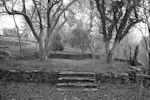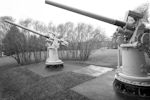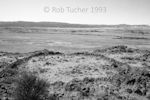|
|
|
|
Historic Landscapes
Featured Projects (click images for larger view):

|
|
Rock Hill design is credited, in local Charlottesville, VA history, to Dr. Henry Alford Porter, a Pastor of the First Baptist Church, and his wife Elizabeth B. Porter. They owned the property from January 1930 to December 1947. Certain physical fetures of the landscape-particularly the stone terrace walls and stairways-illustrate varying construction methods and materials, suggesting various craftspeople working at different times. The name "Rock Hill" was first used in the 1820s to describe a 66-acre farm carved from the holdings of Thomas Walk Lewis, cousin of American explorer Meriwether Lewis. By 1909 the property had been reduced to 7.7 acres containing a circa 1820s residence and a distinctive stone wall enclosure. From the City of Charlottesville website.
|

|
|
The United States Marine Corp Parade Ground at Portsmouth Naval Shipyard, an open and flat expanse of well-manicured grass surrounded by rows of evergreen trees and various artillery installations, was one of the last vestiges of the Marines' presence on base. The Marines are no longer stationed there, and inevitable development pressure on the base (one of four remaining shipyards in the country) because of tremendous overcrowding necessitated that the no-longer-used open grounds yield to construction projects that facilitate the base's mission.
|

|
|
Casa Malpais, which was built primarily and gradually between 1240 and 1260, is one of the latest Mogollon sites. It is located near the town of Springerville, AZ. While designated a National Historic Landmark in 1964, it is of even greater importance to the Hopi and Zuni nations as a sacred ancestral place. The site features remnants of a 60-room Great Kiva, a stone-walled Solar Calendar, a basalt staircase built into a crevasse that leads to the top of the mesa, catacombs and a natural Tether Rock, used as a perch for ceremonial birds of prey. The site was abandoned sometime between 1350 and 1400.
|
|
|
|